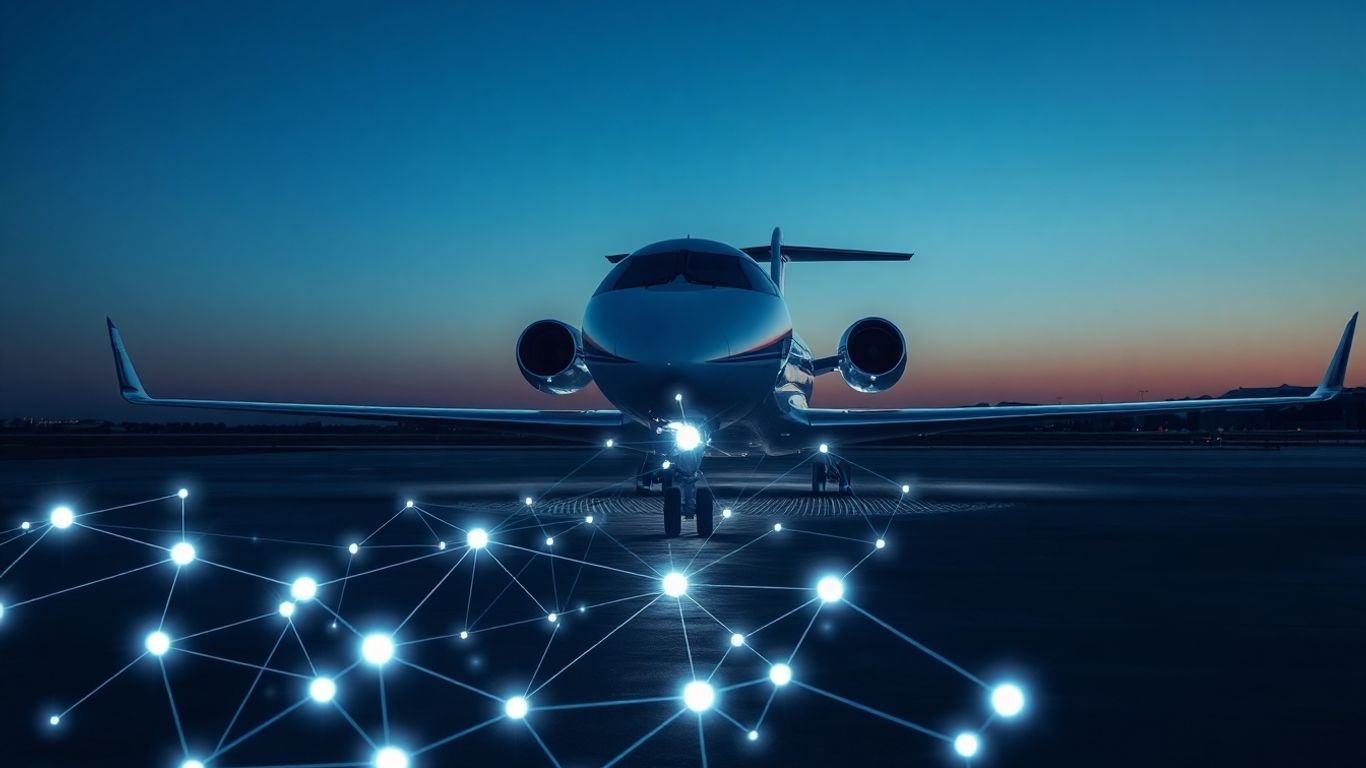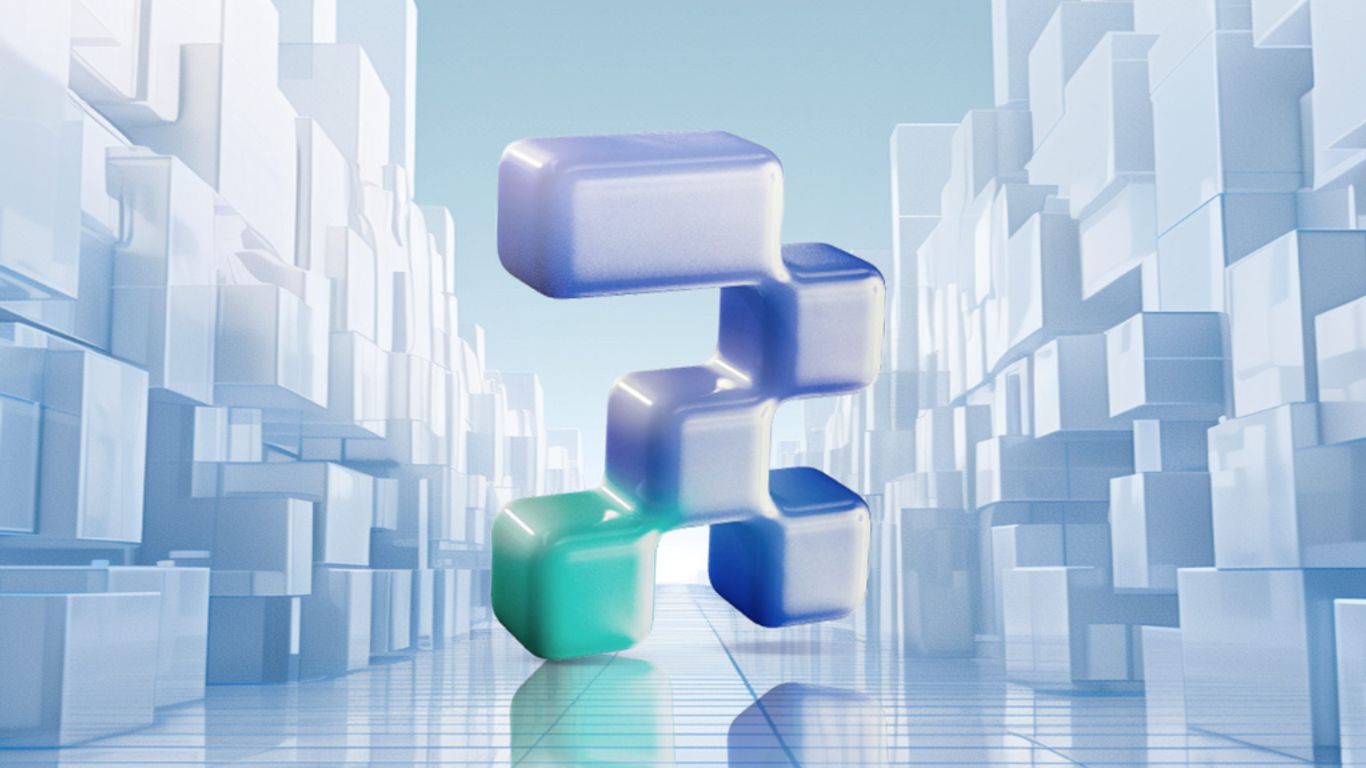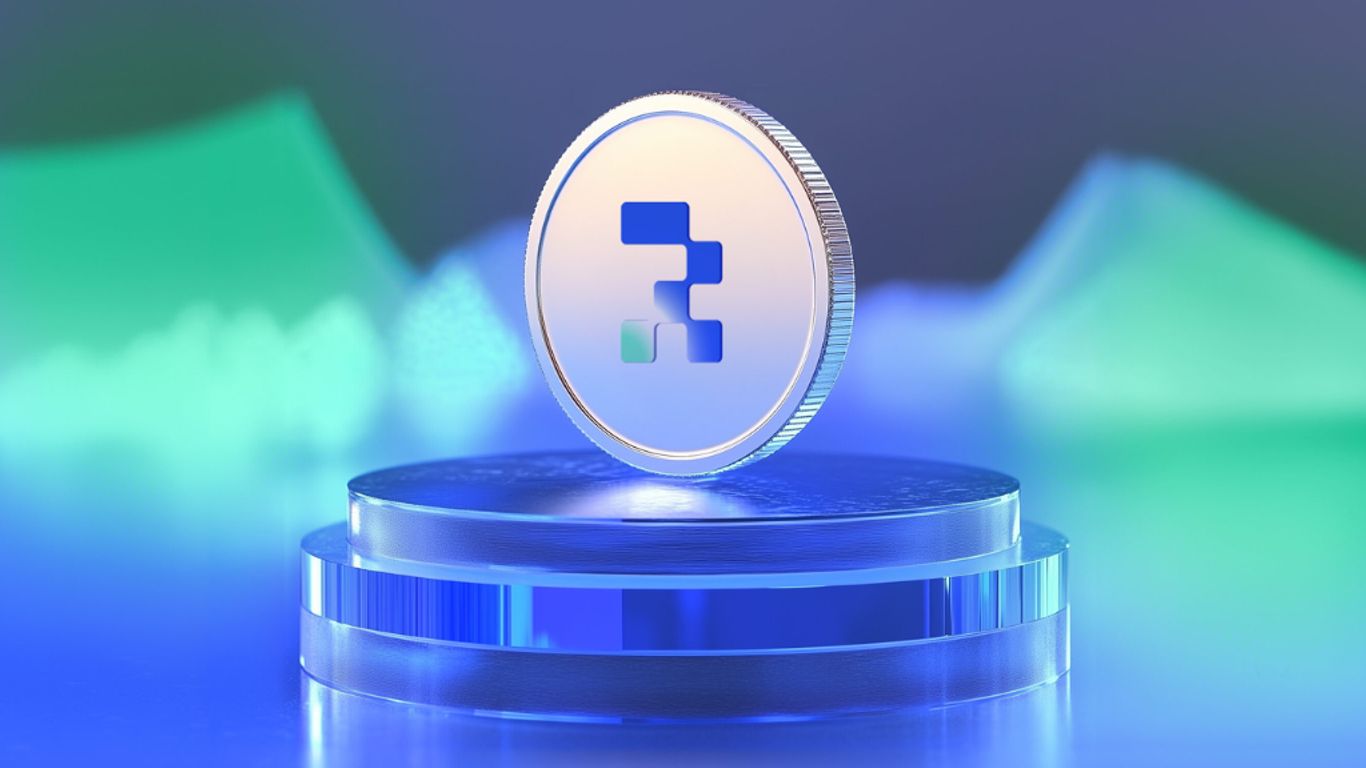You know, it's funny how technology moves. We hear about blockchain and usually think about Bitcoin or other digital money. But it turns out, this stuff is actually being used for some pretty serious things, like making airplanes safer and more efficient to own. It’s not just about fancy tech; it’s about solving real problems in a big industry. Let’s take a look at how this digital ledger system is changing the game for aircraft ownership, from the smallest part to the biggest financial deals, including exciting new ways to invest in tokenized aviation assets.
Key Takeaways
- Blockchain is creating digital records for aircraft parts, like a birth certificate, that track their entire history, making maintenance and ownership clearer.
- This technology helps streamline aircraft maintenance and inspections by providing instant access to reliable records, cutting down on downtime.
- It makes the aviation supply chain more secure by verifying the authenticity of parts and preventing fake ones from entering the system.
- Blockchain is transforming aircraft leasing and resale by increasing transparency in handoffs and boosting the value of planes through proven part histories.
- Fractional ownership of aircraft is becoming more accessible through tokenization, opening up investment opportunities in tokenized aviation assets to more people.
Revolutionizing Aircraft Lifecycle Management
Managing an aircraft from the moment it's built until it's retired is a massive undertaking. Think about all the parts, all the maintenance, all the inspections – it's a lot to keep track of. Traditionally, this information has been scattered, often on paper or in different digital systems that don't talk to each other. This makes it hard to get a clear picture of an aircraft's true condition and history. Blockchain is changing that by creating a single, trustworthy source of truth for an aircraft's entire life.
Creating Digital Birth Certificates for Aircraft Parts
Every single part that goes into an aircraft, from the big engines to the smallest bolt, could have its own digital identity. This "birth certificate" would be recorded on a blockchain the moment the part is manufactured. It would include details like who made it, when, and what materials were used. This makes it super easy to see where a part came from and if it's the real deal. It helps cut out shady resellers who try to pass off fake or unverified parts as legitimate. Imagine needing a specific part for a repair; instead of hunting around and hoping for the best, you could instantly verify its origin and ownership on the blockchain. This level of traceability is a game-changer for aircraft part verification.
Enhancing Maintenance Records with Immutable Ledgers
When maintenance is done on an aircraft, those records are vital. But what if those records could be tampered with or lost? That's a real concern with current systems. Blockchain offers an immutable ledger, meaning once a maintenance event is recorded, it can't be changed or deleted. This creates a permanent, verifiable history of every service performed. This is huge for safety and for tracking an aircraft's overall health. It means mechanics, regulators, and future owners can trust that the maintenance history is accurate. This detailed, unalterable logbook is key to understanding an aircraft's true condition over its lifespan.
Building Digital Twins for Real-Time Aircraft Insights
Think of a "digital twin" as a virtual replica of a physical aircraft. By pulling all the data from the blockchain – the part origins, the maintenance logs, the inspection reports – you can build a dynamic, real-time digital twin. This isn't just a static model; it's a living representation of the aircraft that updates as new information is added. This allows for a much clearer view of the aircraft's current state, its performance, and its potential needs. It's like having a constant, up-to-the-minute health report for the plane, accessible to anyone with the right permissions. This comprehensive digital record helps in making better decisions about maintenance, operations, and even future sales.
Streamlining Aviation Operations Through Blockchain
Improving Efficiency in Routine Inspections and Maintenance
Think about all the paperwork involved in keeping an airplane in tip-top shape. It’s a mountain of documents, right? Blockchain is changing that. By creating a shared, unchangeable record of every inspection and maintenance task, it makes things way simpler. This digital ledger means mechanics and supervisors can see the exact history of a part or system instantly, cutting down on time spent digging through old files. No more guessing if a check was done or what was found. It’s all there, clear as day, and can’t be altered after the fact. This not only speeds up the process but also makes sure everyone’s on the same page, which is pretty important when you’re talking about flying machines.
Accelerating Heavy Maintenance Visits and Reducing Downtime
When an aircraft needs a major overhaul, it’s a big deal. It means taking the plane out of service for a while, which costs airlines money. Blockchain can help speed this up. Imagine all the necessary documentation – part certifications, previous repair logs, compliance checks – being readily available on a secure blockchain. This means less time waiting for approvals or verifying information. It’s like having a digital passport for the aircraft that’s always up-to-date and accessible to everyone who needs it, when they need it. This quick access to verified data can shave days, even weeks, off heavy maintenance schedules, getting planes back in the air sooner.
Optimizing Spare Parts Inventory with Predictive Analytics
Keeping the right spare parts on hand is a constant balancing act. Too many, and you’re tying up cash. Too few, and you risk delays. Blockchain, combined with smart analytics, can offer a smarter way to manage this. By tracking the lifecycle and usage of every part on a blockchain, companies get a really clear picture of what’s being used, where, and how often. This data can then feed into predictive models. These models can forecast future needs more accurately, helping airlines order parts just in time, reducing waste and storage costs. It’s about making sure the right part is in the right place at the right time, without overspending.
The sheer volume of data generated by aviation operations is immense. Traditional systems often struggle to manage this information effectively, leading to inefficiencies and potential errors. Blockchain offers a way to organize and secure this data, making it more accessible and reliable for operational decision-making.
Securing the Aviation Supply Chain
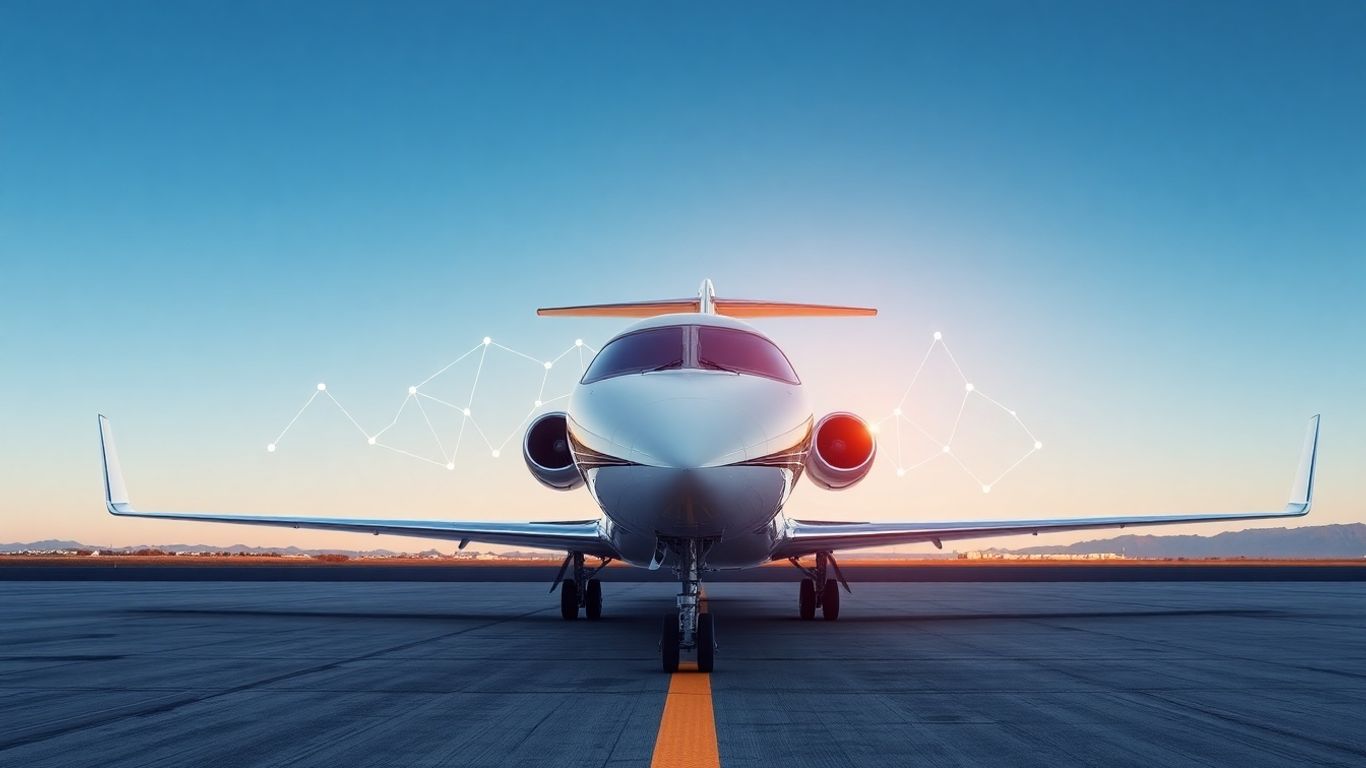
Defeating Mercenary Parts Resellers with Verified Ownership
Dealing with aircraft parts can be a real headache. When an airline or maintenance shop needs a specific component, they often have to hunt around with various vendors. The problem is, there isn't one central place that lists all available parts. This means you might find a vendor offering a part they don't even have yet, leading to extra costs and delays. Blockchain changes this by creating a clear, unchangeable record of who owns what part and where it is. Imagine being able to check a part's serial number against a real-time ledger that shows its entire history. This cuts out the middlemen, making it cheaper and faster to get those hard-to-find parts.
Ensuring Authenticity and Reducing Counterfeit Components
Counterfeit parts are a serious safety risk in aviation. It's tough to know for sure if a part is genuine when it's passed through so many hands. Blockchain offers a way to track a part from the moment it's made all the way to when it's installed on a plane. Every step is recorded on an immutable ledger, so you can always verify its origin and authenticity. This transparency helps stop fake parts from ever entering the system, making flights safer for everyone.
Enhancing Transparency from Production to Installation
Think about how many companies are involved in getting a plane from a factory floor to the sky. Manufacturers, suppliers, maintenance crews, and airlines all play a role. Without a shared, trustworthy system, information gets lost or is hard to access. Blockchain creates a single source of truth that everyone involved can access. This means:
- Clearer tracking: You can see exactly where a part has been and who handled it.
- Faster problem-solving: If an issue arises, tracing it back is much quicker.
- Better accountability: Everyone involved knows their role and can be held accountable.
The aerospace industry is huge and complicated. Keeping track of millions of parts across thousands of planes is a massive challenge. Blockchain provides a way to build trust and visibility into this complex network, making the whole system more reliable and secure.
Transforming Aircraft Leasing and Residual Value
Aircraft leasing is a huge part of the aviation world, with about half of all commercial planes out there being leased. It helps airlines grow and keeps things flexible financially. But, when a lease ends, handing the plane back can be a real hassle. Usually, you have to take the whole thing apart just to check all the parts and see what condition they're in. It's a lot of work.
Increasing Transparency in End-of-Lease Handoffs
Imagine if we could track every single part of a plane using blockchain from the moment it's made. When it's time to return a leased aircraft, instead of a massive teardown, we'd only need to look closely at parts that show unusual wear or are required by regulations to be checked. This means a much clearer picture of the aircraft's actual condition. It cuts down on inspection time and makes the whole process smoother for both the lessor and the lessee.
Boosting Residual Values Through Provenance Tracking
Knowing the exact history and condition of every component in an aircraft can really make a difference when it's time to sell it or lease it out again. If buyers or new lessees can see a clear, verifiable record of maintenance and part authenticity on a blockchain, they'll have more confidence. This confidence directly translates into higher residual values for the aircraft. It's like having a detailed, trustworthy biography for the plane, showing it's been well cared for with genuine parts.
Facilitating Faster Resale Processes for Aviation Assets
Selling an aircraft can take ages. There's a lot of paperwork and verification needed. But with blockchain, all that information – maintenance logs, part origins, ownership history – is readily available and verifiable. This speeds things up considerably. Instead of weeks or months spent digging through records, potential buyers can get the data they need almost instantly. This makes aircraft more liquid assets, easier to move, and ultimately, more attractive to investors and buyers in the secondary market.
Democratizing Investment in Aviation Assets
For a long time, getting a piece of the private jet market felt like trying to get into an exclusive club. You needed a serious amount of cash, often millions, just to even consider it. And selling your stake? That was a whole other headache, with complicated paperwork and a lack of places to actually trade it. Fractional ownership helped a bit, but it still had high minimums and a lot of legal hoops to jump through. It just wasn't really an option for most people.
Enabling Fractional Ownership Through Tokenization
This is where blockchain steps in, changing the game entirely. Think of it like this: a multi-million dollar aircraft can be broken down into thousands, even millions, of digital tokens. Each token represents a tiny piece of ownership. This means you don't need to buy a whole plane; you can buy just a few tokens. This ability to buy small stakes is what truly opens the door for more people to invest. It’s a big shift from needing tens of millions to potentially investing a few thousand. This process makes owning a piece of an aircraft much more accessible, moving it from a luxury for the ultra-rich to a potential investment for a wider audience. It’s a way to get exposure to these high-value assets without the traditional barriers. You can explore how tokenization works for alternative assets here.
Expanding Investor Base with Lower Entry Points
So, what does this mean in practice? Imagine an aircraft valued at $50 million. Instead of needing that full amount, it could be tokenized into, say, 50,000 tokens. This allows investors to buy in with much smaller amounts, maybe as little as $1,000. This dramatically expands the pool of potential investors. Companies are already seeing this happen; one aviation finance firm reported a 300% increase in its investor base within six months after adopting tokenization. It’s not just about making it cheaper; it’s about making it possible for more people to participate in a market that was previously out of reach. This also helps aircraft owners and lessors find capital more easily.
Fundraising and Trading Tokenized Aviation Assets
Once an aircraft is tokenized, those digital tokens can be traded on specialized blockchain platforms. This creates a more liquid market compared to traditional aircraft sales. Smart contracts can automate many of the processes involved, like distributing rental income or allocating maintenance costs among token holders. This makes transactions faster and cheaper, cutting out many of the middlemen that usually slow things down. It also means that if you decide to sell your stake, you can potentially do so much more quickly and efficiently than selling a physical share of an aircraft. The market for tokenized assets is growing fast, with projections suggesting trillions of dollars in value by 2030, and aviation is a prime candidate for this transformation.
The shift towards tokenization in aviation isn't just about new technology; it's about rethinking who gets to participate in owning and investing in these significant assets. It breaks down old barriers and creates new pathways for capital and ownership.
Enhancing Workforce Credibility and Safety
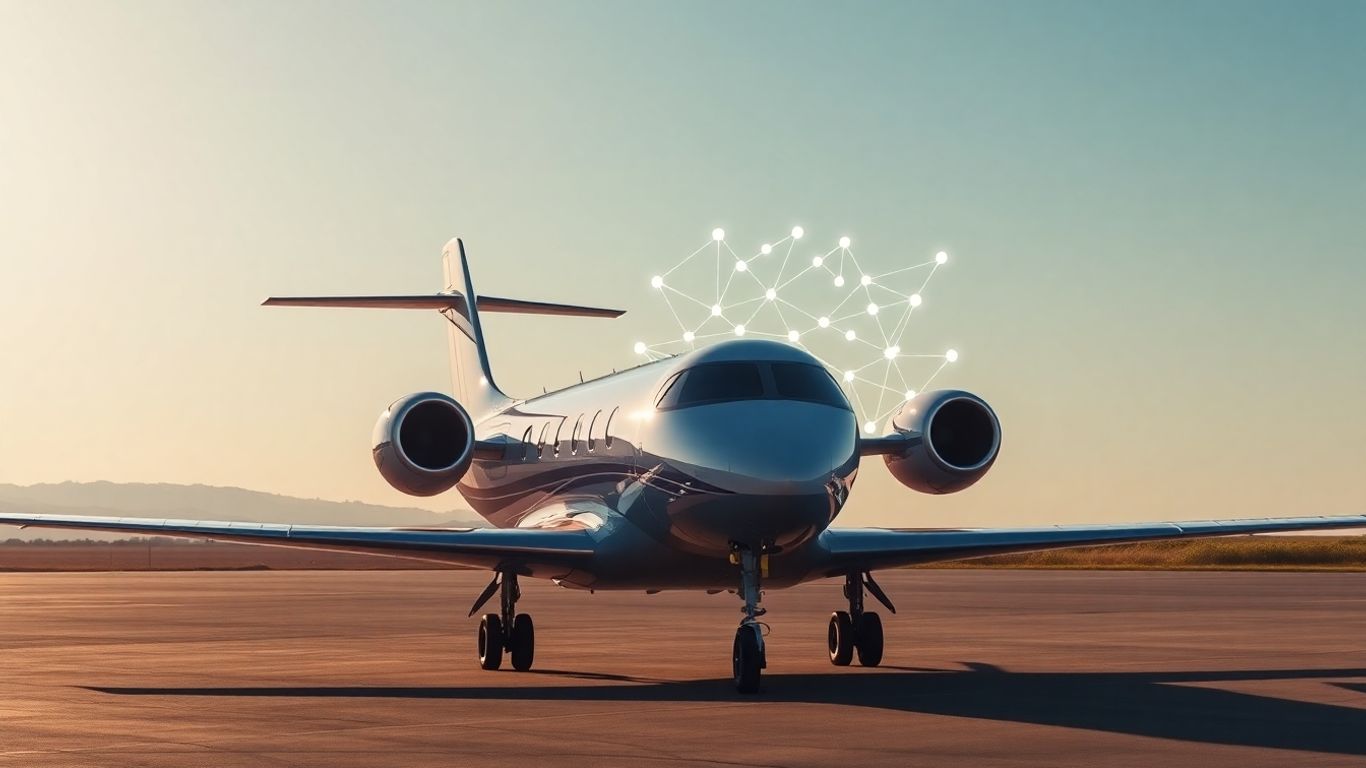
When you think about flying, safety is probably the first thing that comes to mind, right? And a huge part of that safety relies on the people working on the planes – the mechanics, the inspectors, the technicians. Making sure they have the right training and up-to-date qualifications is a big deal. Blockchain can really help here by creating a super reliable way to keep track of everyone's credentials.
Digitizing Credentials for Aviation Personnel
Imagine a system where every pilot, mechanic, or ground crew member has a digital record of their qualifications. Instead of carrying around a stack of papers or relying on outdated databases, their certifications, training completion, and licenses could all be stored securely on a blockchain. This digital passport would be linked to their unique identity, making it hard to fake or lose.
Verifying Qualifications in Real-Time
This is where things get really interesting. When a mechanic needs to work on a specific part of an aircraft, or a pilot is assigned to a flight, their credentials can be checked instantly. A supervisor or even an automated system could pull up their verified qualifications from the blockchain in seconds. This immediate verification process significantly cuts down on administrative delays and reduces the risk of someone performing a task they aren't qualified for. It’s like having a constantly updated, trustworthy Rolodex for the entire aviation workforce.
Improving Confidence in Aircraft Servicing and Repairs
Think about the peace of mind this brings. If you're an airline manager, you know that the person signing off on a critical repair has the exact qualifications needed. If you're a regulator, you can audit these records with much greater confidence. This transparency builds trust throughout the entire aviation ecosystem, from the ground up. It means that every person who touches an aircraft, from its initial build to its daily maintenance, has their skills and training reliably documented.
The complexity of aviation demands a workforce that is not only skilled but also demonstrably qualified at all times. Traditional methods of credential management can be slow, prone to error, and difficult to audit. Blockchain offers a way to create a single source of truth for professional qualifications, accessible and verifiable by authorized parties, thereby strengthening the overall safety net.
Here’s a look at how this could work:
- Initial Credential Issuance: Training centers or licensing bodies issue digital certificates directly to a worker's blockchain profile.
- Employer Validation: Airlines or maintenance companies can verify these credentials against the blockchain record.
- Real-Time Access: Authorized personnel can access verified qualification data instantly via secure applications.
- Recertification Tracking: The system can automatically flag when a credential is due for renewal, prompting timely updates.
The Sky's the Limit for Blockchain in Aviation
So, what does all this mean for the future of owning and operating aircraft? It’s pretty clear that blockchain isn't just some tech buzzword anymore. It’s actively changing how we handle everything from tracking tiny parts to managing big financial deals. We're seeing more transparency, less hassle with paperwork, and even better ways to keep planes flying safely and efficiently. While there are still some bumps in the road, like getting everyone on the same page and figuring out the rules, the potential is huge. It feels like we're just scratching the surface of what this technology can do for the aviation world, making things smoother, safer, and maybe even a bit more affordable down the line.
Frequently Asked Questions
What exactly is blockchain and how does it help airplanes?
Think of blockchain as a super secure digital notebook that many people share. Every time something important happens with an airplane part, like when it's made or fixed, it gets written down in this notebook. Once it's written, it's almost impossible to change or erase, making it very trustworthy. This helps keep track of everything about the plane, making it safer and easier to manage.
How does blockchain make airplane parts safer?
Sometimes, fake or bad airplane parts can end up on planes, which is dangerous. Blockchain creates a digital history for every real part, like a birth certificate. This history shows where the part came from, who worked on it, and when. This makes it really hard for fake parts to sneak in because their history won't match the real records.
Can blockchain help when an airplane is leased out?
Yes! When a plane is returned after being leased, people need to check all its parts. With blockchain, they can see the history of each part easily. This means they don't have to take the whole plane apart just to check things. It makes the handover faster and helps prove the plane is in good shape, which can make it worth more.
How does blockchain change how people invest in airplanes?
Buying a whole airplane is super expensive, so only rich people or big companies can do it. Blockchain allows us to break down the ownership of an airplane into smaller pieces, like digital shares called tokens. This means more people can invest smaller amounts of money, making it easier for more people to be part of owning airplanes.
Does blockchain help with airplane repairs and maintenance?
Definitely. Blockchain keeps a perfect record of all the maintenance done on a plane and its parts. This helps mechanics know exactly what needs fixing before it becomes a big problem. It's like having a super-smart health tracker for the plane, making repairs quicker and preventing unexpected issues.
Can blockchain help the people who work on airplanes?
Yes, it can! People who fix and fly planes need lots of training and special permission cards. Blockchain can store all this information securely. This way, anyone who needs to check if a mechanic is qualified can do so instantly, making sure only the right people are working on the planes and keeping everyone safer.

